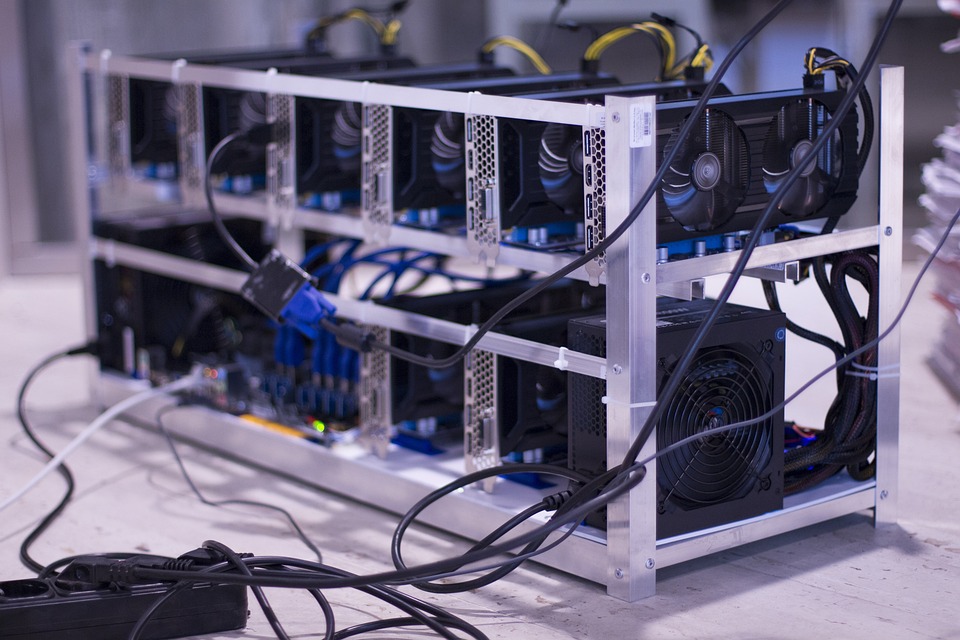[ad_1]
The Social Side of Mining: Unpacking the Human Impact of the Industry
The mining industry has long been associated with economic growth, technological advancements, and environmental concerns. However, the human impact of mining on local communities, workers, and indigenous populations is often overlooked. As the industry continues to evolve, it is crucial to examine the social side of mining and address the complex issues that arise from its operations.
Valuing Human Capital
Mining is often seen as a labor-intensive industry, and the people who work in these facilities are the backbone of the operation. However, the working conditions faced by many miners are far from ideal. Poor working conditions, long hours, and physical demands can lead to injuries, illnesses, and mental health issues. The mining industry has the highest rate of occupational fatalities of any industry, with an estimated 5,000-6,000 mine-related deaths every year.
Furthermore, the mining industry has a history of exploiting migrant workers, who are often recruited from developing countries and lured by false promises of better job opportunities. These workers are frequently left with limited social protections, poor living conditions, and little to no labor rights. The industry’s reliance on migrant labor has led to social and economic tensions, as local communities may feel that their jobs and resources are being taken by outsiders.
Indigenous Communities and Mining: A Complex Relationship
Indigenous communities have been disproportionately affected by mining activities, with many facing significant social and cultural impacts. Mining projects often encroach on traditional lands, disrupting local ecosystems and threatening the very way of life for indigenous peoples. The construction of mines can also displace communities, leading to the loss of cultural heritage and identity.
In many cases, indigenous communities are not adequately consulted or involved in the decision-making process, leading to feelings of mistrust and resentment. The lack of transparent communication and consultation has resulted in numerous conflicts between mining companies and indigenous groups.
Sustainable Development and the Mining Industry
The mining industry has a crucial role to play in meeting the world’s growing demand for resources. However, this expansion must be accompanied by a commitment to sustainable development and social responsibility. This includes implementing best practices for labor and human rights, as well as incorporating indigenous peoples’ knowledge and perspectives into the decision-making process.
Mining companies can also support local economies by investing in community development projects, improving access to education and healthcare, and promoting environmental conservation. Governments and regulatory bodies must work to ensure that the mining industry operates in a transparent and accountable manner, with strong regulations in place to protect both the environment and local communities.
Conclusion
The social side of mining is complex, with far-reaching implications for workers, indigenous communities, and local ecosystems. It is essential that the industry acknowledges and addresses the challenges it poses, rather than turning a blind eye to the human impact of its operations. By prioritizing social responsibility, human rights, and sustainable development, the mining industry can mitigate its negative effects and create a more positive legacy for generations to come. Ultimately, a nuanced understanding of the social side of mining is crucial for building a more sustainable, equitable, and responsible industry that benefits all stakeholders.
References:
* International Labour Organization. (2020). Decomposition of global occupational injuries and illnesses in the mining industry.
* Organization of American States. (2019). Human rights and indigenous peoples: A guide to international law.
* World Council for Nature. (2019). Sovereign rights of indigenous peoples and the mining industry.
Note: This article is based on general information and may not represent the views of specific organizations or individuals. The references provided are a selection of credible sources and are meant to support the article’s arguments.
[ad_2]

